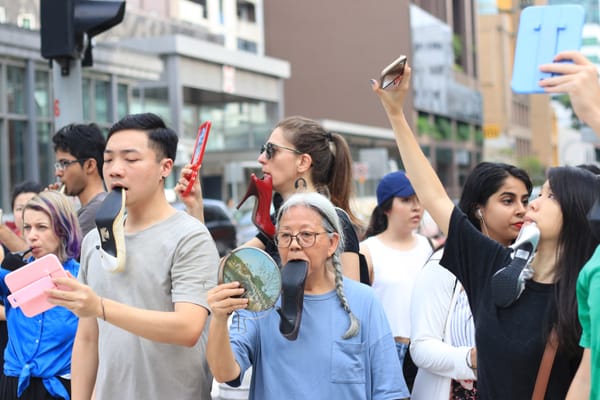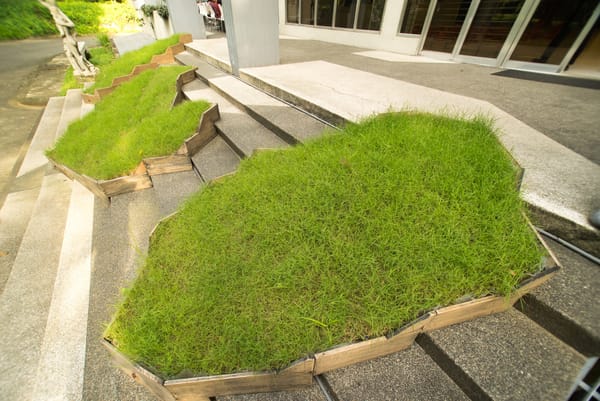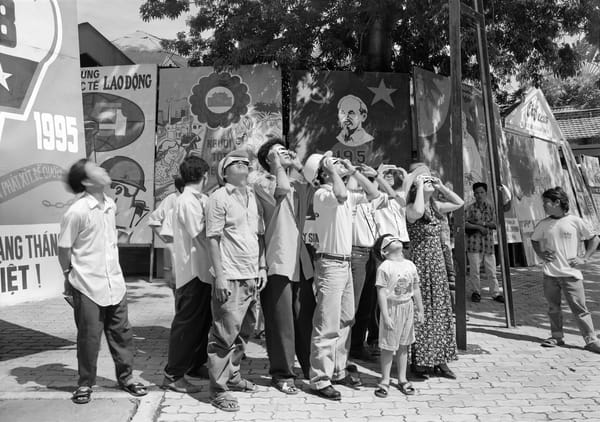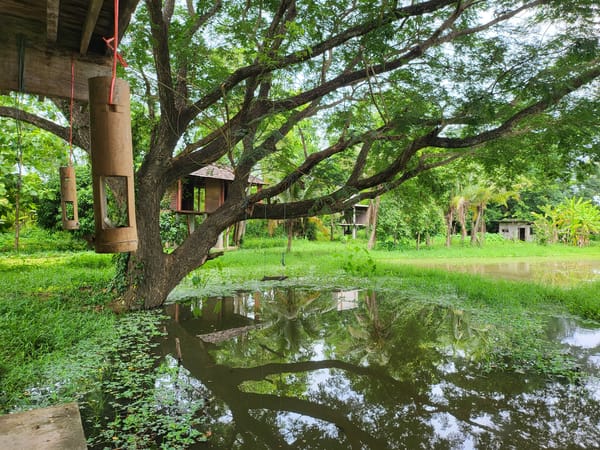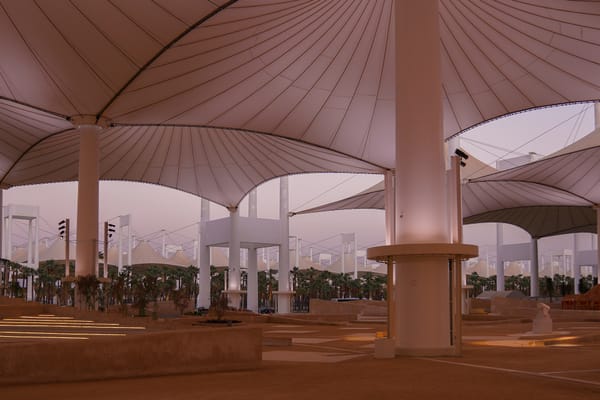Issue
Shanghai: Rindon Johnson: Best Synthetic Answer
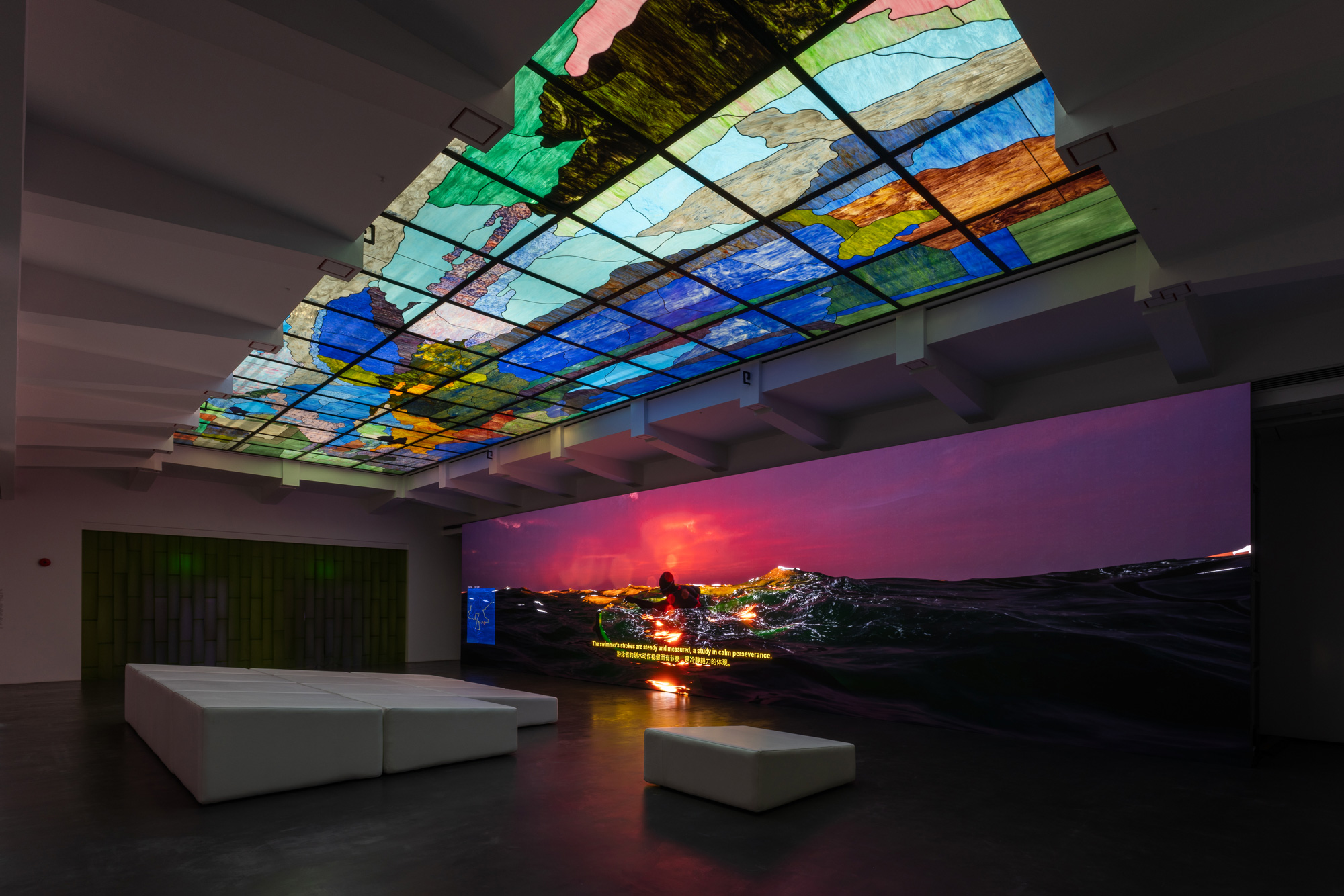
Our imagination of the world—in other words, our conception of places—is often shaped and influenced by maps. We rely on them to navigate our cities, we read nautical charts to cross oceans, and we consult geographical charts to understand borders. Coordinates, routes, satellite views—these abstract lines and images of cartographic logic may be fundamental to our spatial consciousness, but are the maps we draw true reflections of the world as it is? Or is mapping what the cartographer JB Harley described as a process of “selection, omission, simplification, classification, the creation of hierarchies, and ‘symbolization’”?
